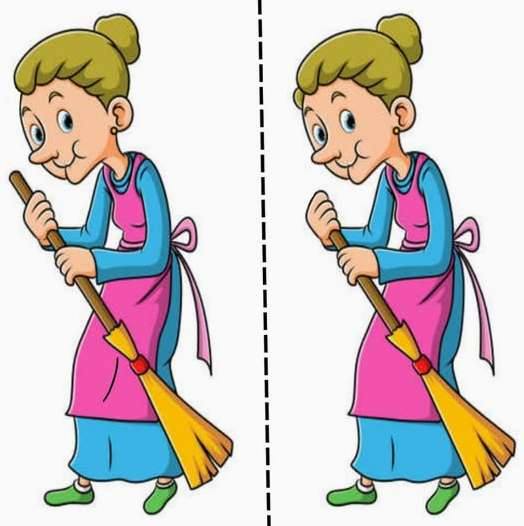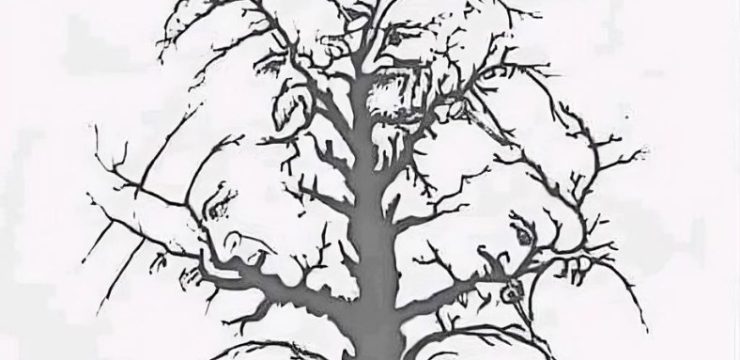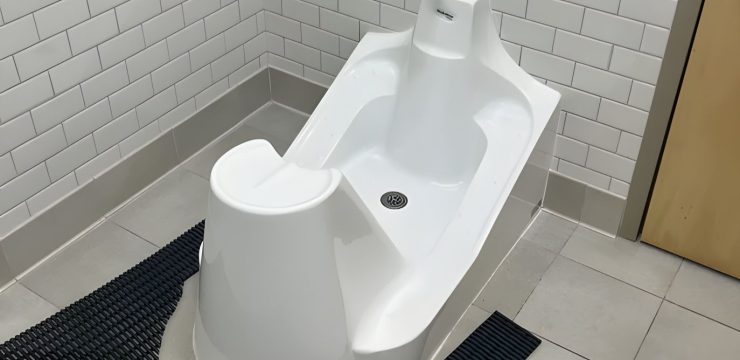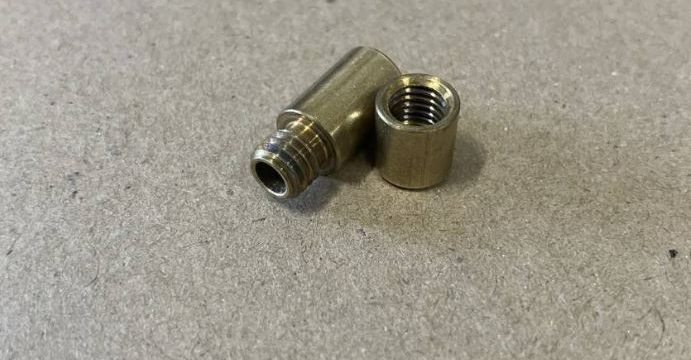There’s something timeless and satisfying about sitting down to solve a classic picture puzzle, and today is the perfect moment to put your visual skills to the test with a fun and family-friendly spot-the-difference challenge. This type of activity may seem simple at first glance, but it’s the kind of brain game that keeps you engaged, curious, and motivated to find the tiniest details.

In this challenge, you’re presented with two nearly identical images placed side by side, and your task is to find the three differences that set them apart. These differences can be small, sneaky, and designed to trick even the sharpest eyes, which makes the process all the more exciting. Whether you’re doing this solo with a cup of coffee or turning it into a friendly competition with your kids, partner, or coworkers, this kind of puzzle taps into your observation skills in a fun and lighthearted way. It’s a great way to relax while still keeping your brain active and alert. Start by carefully scanning each section of the images—from top to bottom and left to right. Look at the backgrounds, the characters, the objects, even the colors.
Are any shapes slightly different? Is something missing? Maybe a detail in one picture is just a little bit out of place compared to the other. Don’t rush through it—this is one of those challenges that rewards patience and attention to detail. You might want to zoom in if you’re viewing on a screen or get a little closer if you’re looking at a printed version. These puzzles are also a wonderful way to engage children without screens, as they learn to be more detail-oriented and improve their concentration. And for adults, it’s a mini workout for the brain that helps improve memory and perception in a fun, non-stressful way. If you’re doing this as a group activity, you’ll probably hear a lot of “Ah-ha!” moments and maybe even some playful frustration when someone spots something the others don’t. These little bursts of discovery are part of what makes the game so enjoyable and shareable.
In fact, these puzzles often turn into a conversation starter or a quick break from daily routines, making them perfect for classrooms, family dinners, or even offices looking for a quick brain boost. Now that you’re fully focused, how are you doing so far? Have you managed to spot any of the differences yet? Some are easy to catch—maybe an object that’s moved or missing altogether. Others are more subtle, like a slightly different pattern, a shift in color, or a line that’s been redrawn. The key is to remain patient and methodical. There’s no time limit here, and the goal is to challenge yourself while enjoying the process.
It’s okay if you don’t spot them all right away—that’s what makes it a true test of your perception. As you continue to scan, maybe take a break and come back with fresh eyes if you’re feeling stuck. Sometimes stepping away and returning helps you see something you completely overlooked. And don’t forget, there are only three differences, so once you’ve spotted them, take a moment to double-check. Did you really catch all of them, or did your eyes play a trick on you?

The satisfaction of spotting that last hard-to-find detail is what makes these puzzles so rewarding. Whether it took you a few seconds or several minutes, you’ve given your brain a fun challenge and hopefully had a few smiles along the way. If you enjoyed this, be sure to share it with friends and family—see how they do compared to you. It’s always fun to compare times and see who catches on the quickest. You can even create your own mini tournament and turn it into a weekly challenge. So now the big question is—did you find all three differences? If not, don’t worry, we’ll reveal the answer below so you can check your guesses. And if you did get them all, congratulations—your eyes are as sharp as ever.





